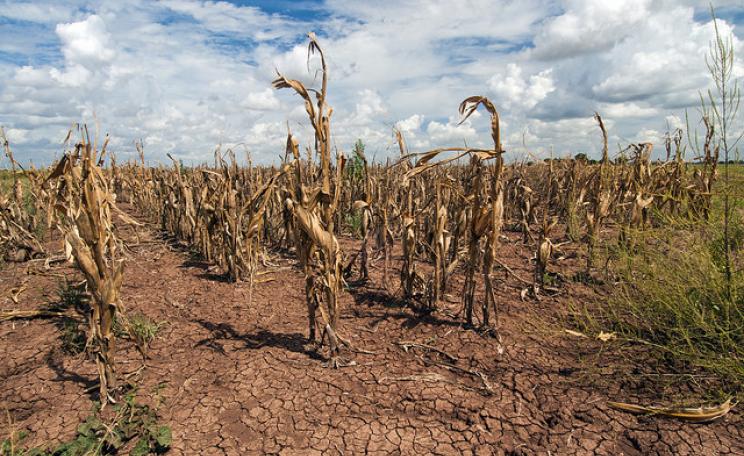Sorghum is well-known for weathering harsh environmental conditions and for being able to draw water from far depths of the earth.
Sorghum packs a nutritional wallop, and bestows food security on half a billion people in Africa and South Asia. Cultivated in semi-arid and arid climate, it is a staple food for people in developing countries, and is also used in developed countries as animal fodder.
Sorghum is well-known for weathering harsh environmental conditions and for being able to draw water from far depths of the earth.
However, up until now that assumption has never been tested against predictions of higher future temperatures due to climate change. A new study published in Proceedings of the National Academy of the United States of America (PNAS) does precisely that.
High quantities
The researchers, from Kansas State University, studied 30 years’ of sorghum production in the state and found that the crop has considerable vulnerability to heat stress under higher average temperatures. Yields decline by 10% for each degree of warming above 33 degrees Celsius, according to the study’s lead authors Krishna Jagadish and Jesse Tack.
Sorghum is well-known for weathering harsh environmental conditions and for being able to draw water from far depths of the earth.
They also found that there was not much genetic diversity among more than 400 cultivars they analysed, which limits producers’ ability to adapt to a warming climate. The crop is mostly grown in hot countries – the US is the largest producer, with Mexico, Nigeria, Sudan, and India also producing it in high quantities.
Rising temperatures damage the growth and development of sorghum. The researchers looked at planting and flowering schedules and stages of the crop, and found that high temperatures impacted both pre-flowering and post flowering stages.
Heat resilience
Pre-flowering stage is a critical point in the lifecycle of the plant when reproductive parts are developed, while the post flowering stage is important for seed production.
Warming makes plants grow faster, shortening the plant’s life-cycle and reducing the yield. It also dries up the air, forcing the plant to transpire more water to grow normally, which means it runs out of water sooner.
“Despite the appreciation for sorghum’s water-sipping attributes, there does not seem to be an effort to couple that with needed heat resilience,” says Tack.
Damage occurs
The research findings lead to the wider question of whether other crops have cultivars that can withstand harsher conditions.
“Do other millets such as pearl millet have sufficient genetic diversity to counter future increase in temperatures? This hypothesis requires systematic investigation similar to what we have undertaken with sorghum,” Jagadish says.
A 2016 paper by KSU researchers published in Science Direct, notes that research that has investigated the impact of heat stress during reproductive stages of crops have found that damage occurs between 30 and 40 ◦C.
High temperatures have been found to affect other major crops. Researchers from around the globe analysed 70 studies looking at the impacts of temperature on yields of four crops. In a study also published in the PNAS, they concluded that for each degree rise in global mean temperature, yields of wheat would fall by 6%, rise by 3%, maize by 7% and soybean by 3%. These crops provide two-thirds of world’s calorific intake.
This Author
G.B.S.N.P Varma is a freelance journalist based in India, with an interest in climate science, environment, and ecology.




